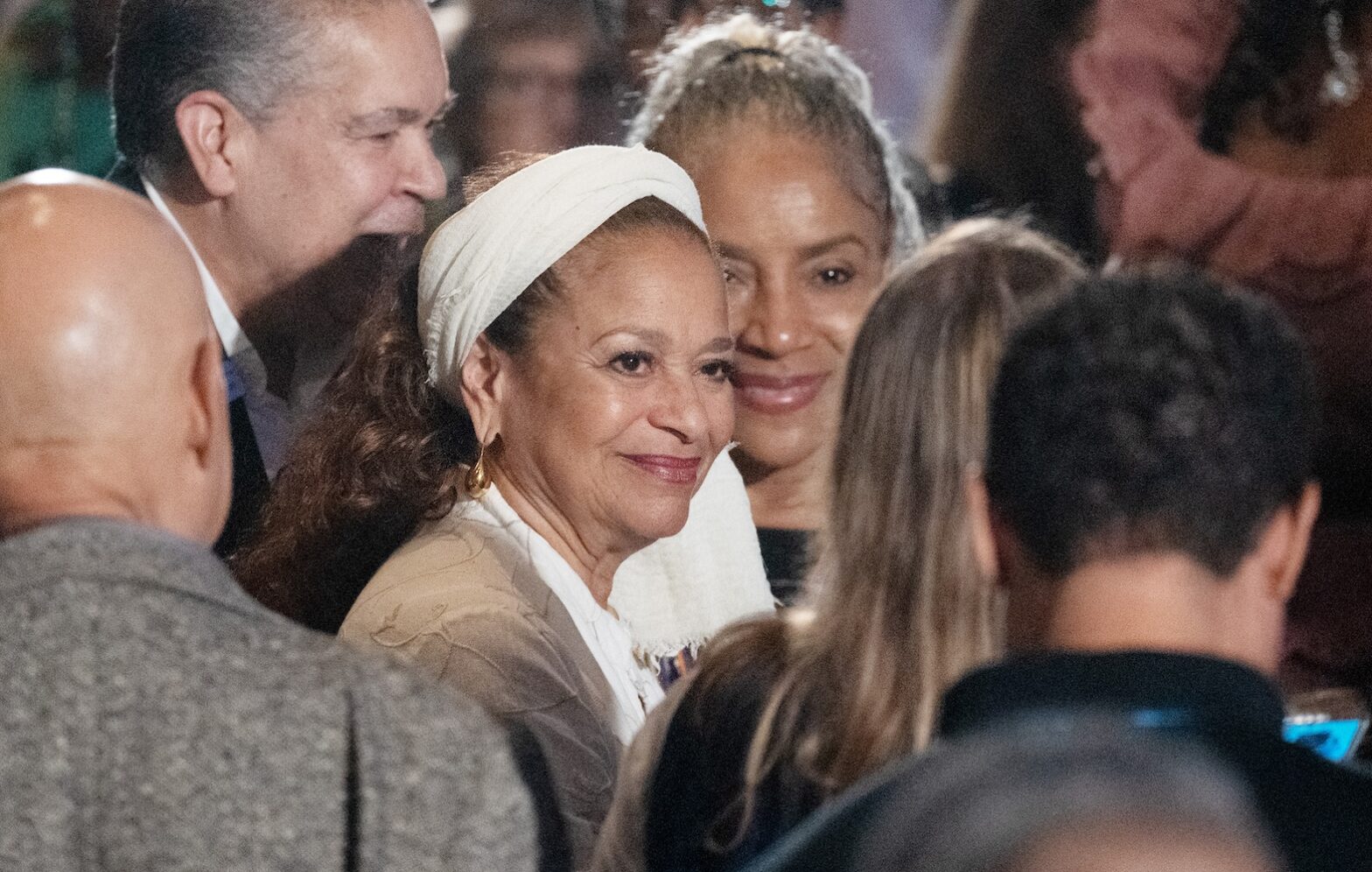Charleston, South Carolina is soon to welcome the opening of the International African American Museum (IAAM). The new museum is a profound testament to the rich history and enduring legacy of African Americans in the U.S.
Scheduled to open on June 27th, this unassuming structure situated at Gadsden’s Wharf holds significant importance. The location was once the unloading site for countless slave ships, witnessing the arrival of approximately 45,000 Africans in just five years prior to 1808.
The International African American Museum aims to highlight enslaved people’s societies on both sides of their brutal journey. An estimated 12 million Africans were forcibly taken from their homes and transported across the Atlantic to be sold into slavery. The museum’s exhibits provide a comprehensive look at the history of slavery, including its economic, social, and cultural impact on both Africa and the Americas.
The 150,000-square-foot museum features nine galleries with arts and artifacts. The collection portrays the ways of life of enslaved people’s homelands and journeys, their struggles, and monumental triumphs in America. Its location sits four miles across Charleston’s harbor from the site of the Civil War’s first shot at Fort Sumter.
Kneeling Statues And Tide Tribute
The museum features a series of “Kneeling Statues,” childlike figures representing Africans who died in the slave trade. A “Tide Tribute” relief figure is embedded in the ground representing human beings shackled in the interior of slave ships. An African Ancestors Memorial Garden stands to represent hush harbors. These secret gardens served as gathering spaces for enslaved people to share stories or practice their faith.
“It’s acknowledging that there were communities and civilizations and people that we were taken from,” museum President and CEO Tonya Matthews told CNN. “It’s also acknowledging that once we got to where we were, we also began to build communities and civilizations.”
The Center for Family History offers in-person and virtual resources to trace lineage via bills of sale, property ownership, and other records that drive home the chattel labor trade’s inhumanity. Specialized databases and expert genealogists are also available to help dig for relatives’ names and stories, revealing long-hidden evidence of defiance and strength.
For more information about the museum, visit the IAAM’s official website.





